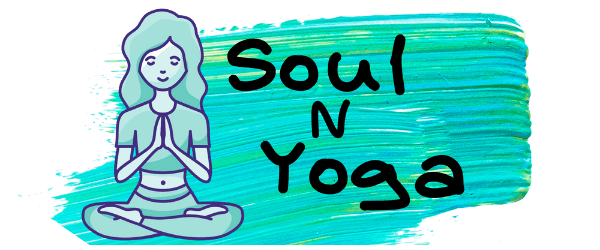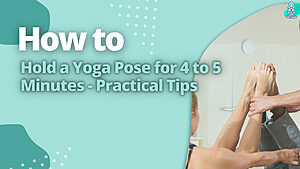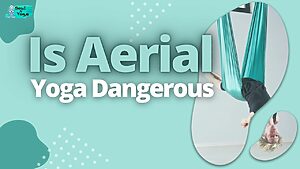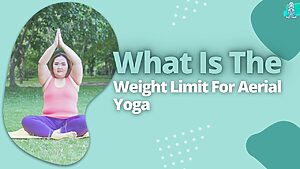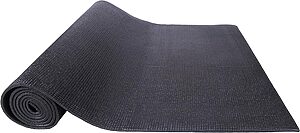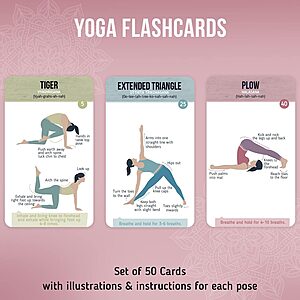While there are many different types of yoga, two styles in particular—Vinyasa and Ashtanga—are quite popular and very similar in certain ways.
However, they differ significantly on some key points (no pun intended).
In this article, I will explore the similarities between these two types of yoga and their differences so that you can decide which one will be more beneficial for your needs.
Key Takeaways
- Vinyasa and Ashtanga yoga are not the same, although they share some similarities.
- Vinyasa yoga is a more recent style of yoga, while Ashtanga yoga is an ancient practice.
- Vinyasa yoga is a flowing style of yoga that links the postures together, while Ashtanga yoga consists of six sequences of postures that are performed in the same order each time.
- Vinyasa yoga can be adapted to different levels, while Ashtanga yoga is a more challenging practice.
- Both Vinyasa and Ashtanga yoga can be beneficial for your health, but they provide different experiences.

Is Vinyasa And Ashtanga Yoga The Same?
We will start by breaking down the basics of each style of yoga. First, let’s talk about what Vinyasa means. Vinyasa is a Sanskrit word meaning “to place especially.”
In yoga, it refers to a type of flow where you move from one pose to another with fluid movements and focus on your breath. This is often characterized by lots of sun salutations or jumping between poses (which can look pretty awesome).
Vinyasa also usually involves much more movement than Ashtanga does — but not always! Some Vinyasas are static and still, while some Ashtangis have you going back and forth through several poses with little time for rest between them.
Many people think that all Vinyasas will be faster-paced than Ashtangis, but this isn’t always true.
Vinyasa And Ashtanga Yoga Are Both Styles Of Hatha Yoga
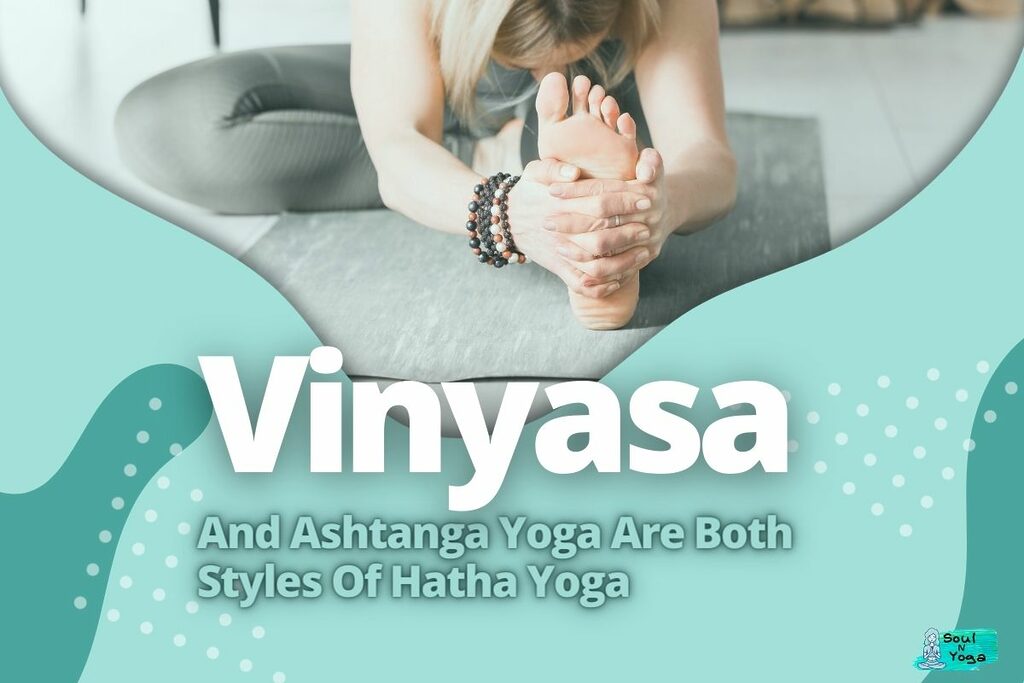
Let’s talk about what Hatha yoga is. Hatha is the umbrella term for all types of yoga. It involves connecting breath with movement, stretching, and strengthening the body.
There are many styles of Hatha yoga, but two of the most popular ones include Vinyasa and Ashtanga.
Vinyasa is a faster-paced style that uses the breath to link movements together in a flowing sequence. The postures flow from one to another with little or no pause between them—hence the word “vinyasa,” which means “breath-synchronized movement.”
A vinyasa practice might involve sun salutations (a sequence that includes several poses), hip openers, backbends, and balance poses like tree pose or warrior 1/2/3/4/5/6, depending on your level in your practice.
An ashtanga is a traditional form of Hatha yoga that uses the same postures each time you practice.
Vinyasa Means “To Place In A Special Way” And Is Characterized By Fluid Movements Between Poses
Vinyasa is a dynamic yoga style, meaning the poses flow into one another and are often combined with transitions between postures.
The term vinyasa means “to place especially,” referring to the fluid movements and transitions between poses that characterize this practice.
Many vinyasa classes are taught to music or guided by a recorded soundtrack. If you’re new to yoga, this may seem strange at first.
But once you get used to the pace of moving through your practice with music playing quietly in the background, it can be quite enjoyable—and even meditative!
Most people will agree that Vinyasa has its roots in hatha yoga (or simply “yoga”). However, there are some differences: Vinyasa tends to be faster-paced than Hatha asanas (pose), whereas Hatha remains largely seated for most of each session.
Ashtanga Means “Eight Limbs” And Is A More Traditional Style Of Yoga That Includes Six Sequences Of Poses
Ashtanga is a form of hatha yoga that focuses on the eight limbs, or aspects, of yoga. These limbs are considered to be the key to achieving enlightenment.
The most important one is Yama, which refers to self-restraint or morality. Niyama is the right action and includes purity, contentment, and self-discipline: all things that are attainable when you learn how to practice Ashtanga Yoga.
The sequence consists of six poses: Sun Salutations A & B; standing poses; seated forward bends; backbends; hip openers; shoulder stand variations ending with Shavasana (corpse pose).
Various intermediate and advanced versions can take your practice from the basic beginner level to advanced territory, depending on how committed you become.
Both Styles Of Yoga Can Be Physically Challenging, But Ashtanga May Be More Intense
Ashtanga is a traditional style of yoga that originated in the south Indian state of Mysore and was brought to the West by K. Pattabhi Jois in the 1950s.
Ashtanga shares some similarities with vinyasa yoga: both are dynamic forms of yoga that require you to move fluidly from one posture to another without pauses between poses.
But Ashtanga involves significantly more physical strain than Vinyasa, making it potentially more strenuous for your body.
Both styles also involve holding postures for longer periods than you might find in other forms of yoga—up to 10 minutes or so at a time, depending on how far along you are in your practice. Ashtanga uses a sun salutation series at least once per practice.
Both Vinyasa And Ashtanga Can Be Adapted To Different Levels Of Experience
The other major difference between Vinyasa and Ashtanga is that the two styles can be adapted to different levels of experience.
Ashtanga focuses on a series of poses and their transitions, but it’s not about the flow style or how fast you move from pose to pose.
Ashtanga can be modified for people with injuries or recovering from surgery. The poses don’t have to be exactly performed in the same way as they are in traditional Ashtanga Yoga.
Vinyasa, on the other hand, is more adaptable and flowing. It also has a variety of flows that can be used at different times during practice (for example, sun salutations).
The Two Styles Of Yoga Share Some Commonalities, But They Are Not The Same
Vinyasa is the more active style of yoga, focusing on connecting breath with movement. Vinyasa classes are typically held in a room heated to about 95 degrees Fahrenheit, and you’ll sweat a lot.
Ashtanga is also an athletic type of yoga, but it’s less active than Vinyasa.
Ashtanga uses the same postures as Vinyasa (and many other styles). Still, each posture begins with a specific breath pattern instead of moving from one posture to another.
Which Type Of Yoga Is More Beneficial For Beginners?
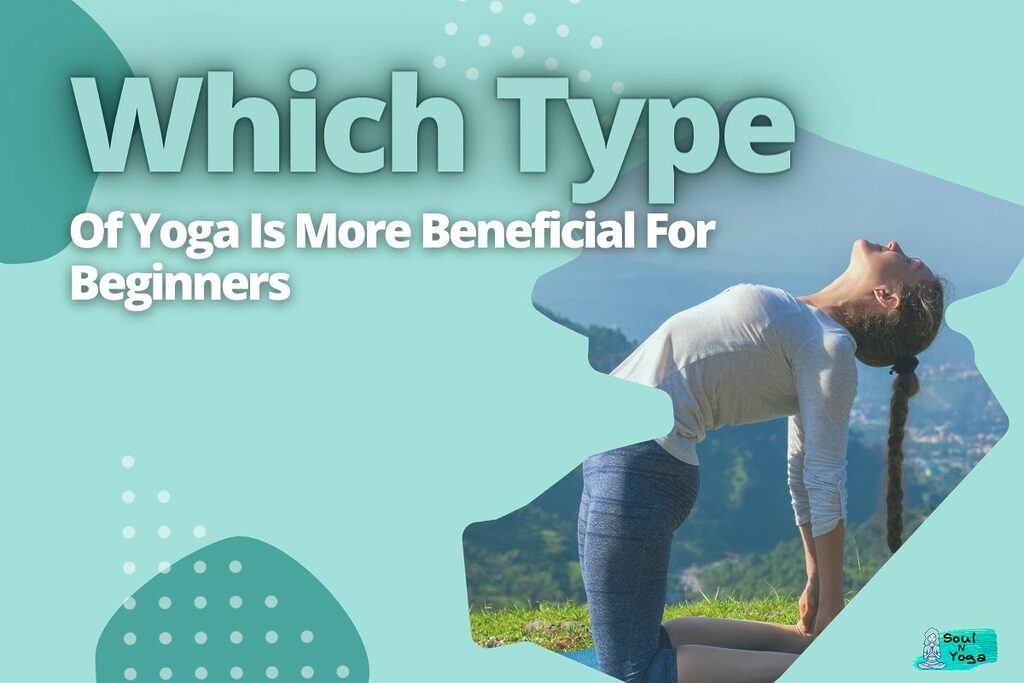
Vinyasa is a more accessible style of yoga for beginners, as the flow of movements between asanas allows you to build strength and flexibility over time.
Ashtanga is better suited to intermediate or advanced students because it requires a strong core and familiarity with basic poses.
If you’re starting your practice, it’s best to go with vinyasa yoga since it helps improve balance, coordination, and circulation while increasing flexibility.
However, if you prefer Ashtanga Yoga, don’t let that deter you. A good teacher will have no trouble assisting newer students in their practice by guiding them through each pose.
What Are The Common Misconceptions About These Two Types Of Yoga?
There are a lot of misconceptions about the two types of yoga.
- Vinyasa is more athletic and less spiritual. Many believe that ashtanga yoga is the purest form of physical practice, but this isn’t true. Vinyasa is often considered more intense and athletic than other styles of yoga. Still, there isn’t that much difference between them regarding spiritual elements.
- Ashtanga is more spiritual and less athletic. On the other hand, Vinyasa tends to be perceived as being more physically demanding than Ashtanga because it’s so focused on breath awareness and alignment rather than meditation or pranayama (breathwork). While both styles emphasize breathwork at some point during their sequence, Vinyasa uses it much earlier. It makes sure you’re aware of your movements.
How Can One Decide Which Type Of Yoga Is More Suitable For Them?
Suppose you’re looking to try a new type of yoga and want to know the difference between Vinyasa and Ashtanga Yoga. In that case, this article is for you.
You will learn about the two different styles and find out which will suit your needs.
You can also ask a yoga teacher for advice on which style might be best for you. Some teachers might even suggest some classes available at local studios or gyms near you, where they teach both types of yoga.
If possible, try attending a few different classes with different teachers before deciding which one suits your needs best.
Conclusion
In conclusion, it’s important to note that both types of yoga have many things in common. They share physical poses, breathing exercises, and meditation practices, which makes them fundamentally similar in their goals and benefits.
However, some key differences between vinyasa and ashtanga yoga make one better suited for certain people than the other.
Suppose you are looking for a more intense workout or want to learn about traditional Hatha Yoga techniques. In that case, Ashtanga may be right for you.
On the other side, Vinyasa might be better suited if you like a slower tempo or want an introduction to this discipline without spending a lot of money or time upfront.
Frequently Asked Questions
Can you do Ashtanga Yoga if you’re not super fit?
No, Ashtanga Yoga is a demanding practice requiring a high fitness level. If you are not fit enough to do the full sequence, you might be better off trying a different yoga style.
I’ve heard that Ashtanga is quite a strenuous form of yoga; is this true?
Yes, Ashtanga is a very demanding form of yoga that can be quite challenging. However, with the right level of fitness, it can be extremely rewarding.
Why is it called ‘Ashtanga’ yoga?
The name ‘Ashtanga’ originates from the phrase ‘AshtangaHridaya,’ which means the eightfold path of yoga.
I’m interested in trying Ashtanga Yoga, where can I sign up for a class?
Each person’s level of fitness and interest in Ashtanga will be unique. However, some popular places to take Ashtanga Yoga classes include The Ashtanga Yoga Foundation in New York City and the Rishikesh Yogashala in India.
My name is Mugen Seki, and I’m a painter and yoga enthusiast who is passionate about bringing together art and exercise in ways that help people connect with their inner selves. When I’m not painting, I’m practicing yoga. And when I’m not doing either of those things, I’m usually thinking about them.
- How to Hold a Yoga Pose for 4 to 5 Minutes – Practical Tips
- A Guide to Finding the Perfect Yoga Mat for Carpet Floors
- Can You Add Yoga To Fitbit Luxe (Unlock the Power)
- Can You Add Yoga To Garmin Vivoactive (Yoga On The Go)
- Is Aerial Yoga Dangerous (The Scary Truth)
- What Is The Weight Limit For Aerial Yoga (Exploring The Possibilities)
